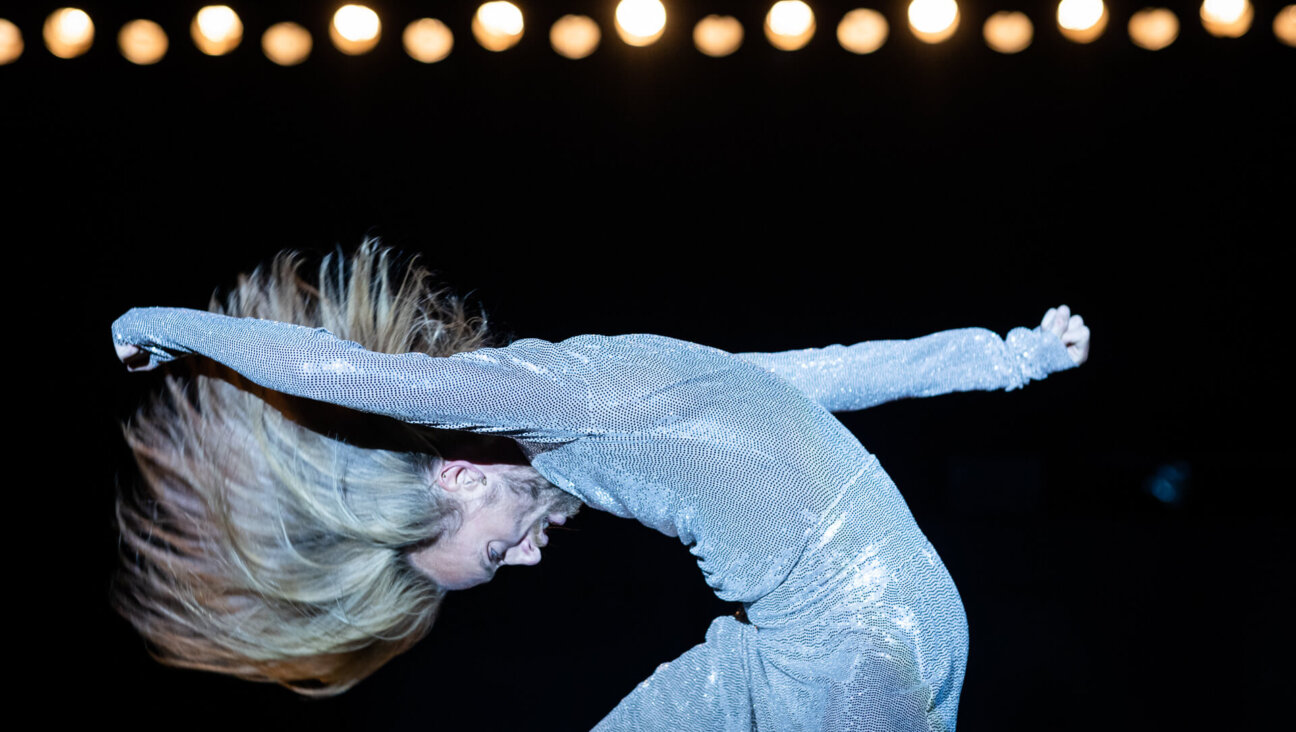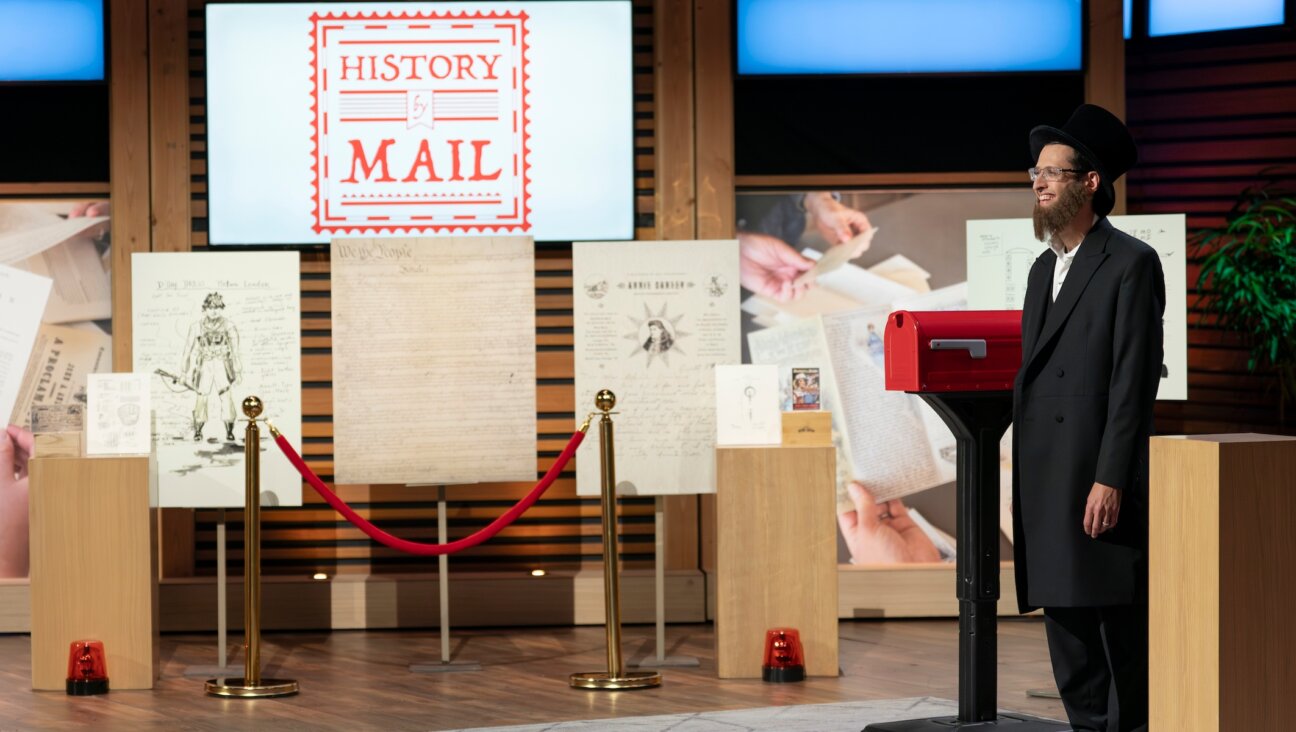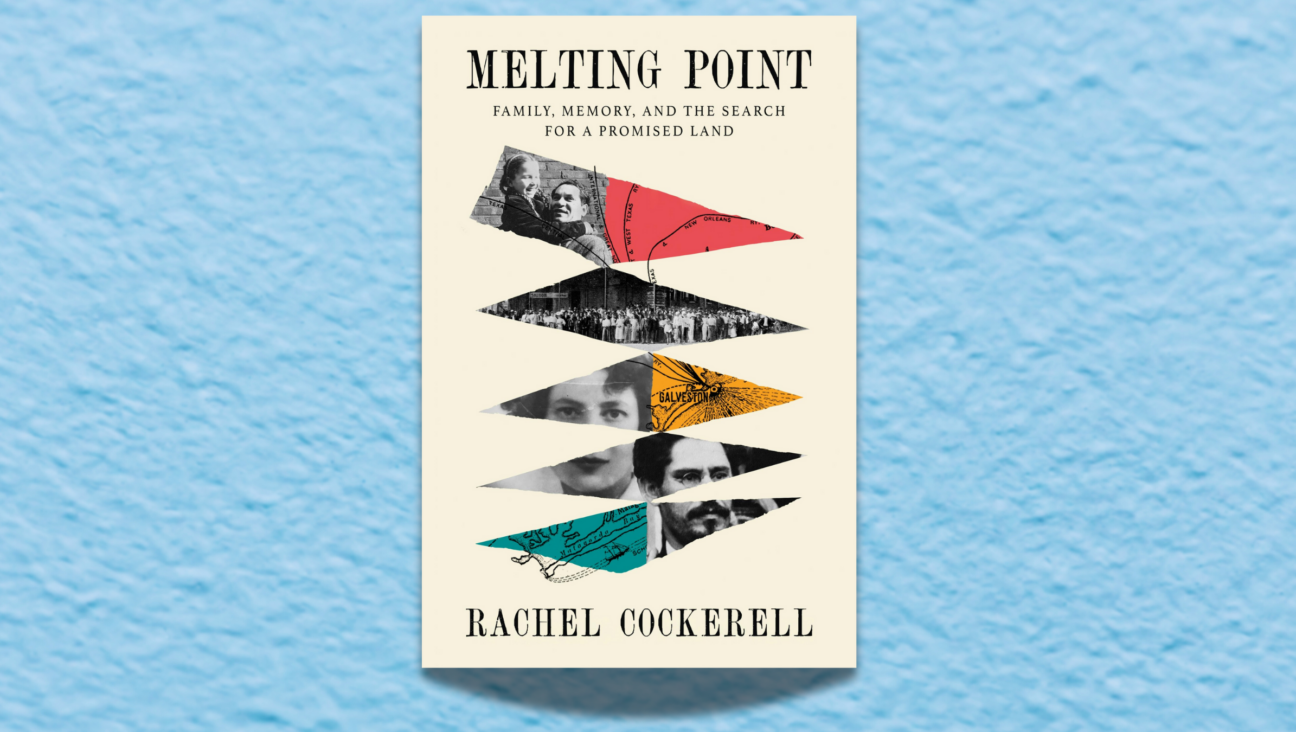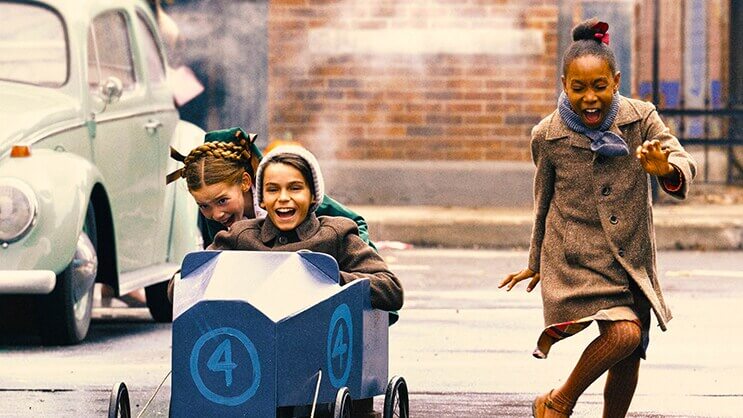Questioning the Questions

Seekers in Samarkand: Children in the east of the Russian Empire at the start of the 20th century look for answers. Image by sergei mikhailovich prokudin-gorskii; wiki commons
Ruth Fath of Princeton, N.J., asks a timely question:
“Does the Yiddish word kashe, as in the fir kashes, the ‘Four Questions’ asked at the beginning of the Seder, come from the same root as the Hebrew word kasheh, ‘difficult’? Our rabbi points out that in Hebrew the Four Questions are known as arba ha-kushyot, rather than as arba ha-she’elot, even though she’elah is the Hebrew word for ‘question.’”
Yiddish kashe (not to be confused, of course, with kasha or buckwheat grits) and Hebrew kushya, the singular of kushyot, both do derive from kasheh, “hard” or “difficult.” Indeed, the difference between a she’elah and a kushya is precisely the difference between an ordinary question and one involving a difficulty that has no obvious terutz or solution.
Kushya — or rather, its Aramaic form of kashya — is a word frequently used by the Talmud to indicate a logical contradiction. Thus, to take one example, there is in the talmudic tractate of Eruvin a passage relating how Rabbi Akiva hears that a pupil of Rabbi Yishma’el has cited a legal opinion in Yishma’el’s name. Akiva denies that Yishma’el ever said any such thing, and yet at the same time affirms that the opinion, though not put forth by himself, either, is the halachically accepted one. And the Talmud comments, “Ha gufa kashya,” this is inherently a kashya — for how can an opinion put forth by no one be accepted by anyone? The explanation is then offered that the opinion could have been the pupil’s own, but when this, too, is judged to be unsatisfactory, the passage ends with a single exclamatory “Kashya!” meaning that no reasonable terutz has been found.
Yet in the case of the Four Questions, we encounter a fifth kashe — namely, that none of the four, when we consider each of them, is really a kashya at all. Why, at the Seder, do we eat matzo instead of bread? Why do we eat bitter herbs? What foods do we dip twice before eating? Why do we recline on one side? Far from being conundrums, these are all simple questions relating to the Passover story and the Seder ritual and having answers that every Jewish schoolchild was once expected to know. We eat matzo in memory of the bread baked when our ancestors left Egypt. We eat bitter herbs because of the bitterness of our ancestors’ bondage. We dip a green vegetable in salt water at the beginning of the Seder and the bitter herb in haroset at the end of the Haggadah’s first part. We recline because this is what men of leisure did at their banquets in ancient times. You don’t need a Talmudic mind to figure out any of that.
Why, then, was it customary in Yiddish-speaking Eastern Europe for the youngest son to begin the recital of the Haggadah by asking, “Tate, ikh vil bay dir fregn,” “Papa, I want to ask you” — “di fir kashes”? And why, after the fourth and last question, did he finish by saying, “Tate, ikh hob bay dir gefregt fir kashes, yetz gib mir a terets,” “Papa, I’ve asked you four kashes, now give me a terets”?
Certainly, there was, in keeping with the conviviality of the Seder feast, an element of humor — one might even say of parody — in having a small boy address his father as one talmudic scholar turning to another. But there was more to it than just that. Consider the way the fir kashes were traditionally asked. They were recited not only in Hebrew, as is commonly done today, but rather in Hebrew followed by a Yiddish translation, so that, for instance, the first question ended, “ale nekht fun a gants yor esn mir khomets oder matse, ober di nakht fun peysakh esn mir nor matse,” “on all other nights we eat either leavened bread or matzo, but on the night of Passover only matzo.” This was exactly the way little boys in heder were taught their first Hebrew text, the Chumash or the Five Books of Moses — that is, by chanting it aloud, verse by verse, first in the language of the Bible and then in the language they spoke at home, until they began to understand the former nearly as well as they did the latter.
The Four Questions asked partly in Yiddish and partly in Hebrew were thus a mimesis of a beginner’s studies — and just as they imitated the study of the Bible, so their opening and closing sentences imitated the next stage of a heder education, the study of the Talmud. “I will ask four kashes,” the child began, and concluded, “now give me a terets,” as if he were poring over a volume of the Gemara. It was, as it were, his first taste of what lay ahead when the rote learning of biblical texts was replaced by the dialectics of rabbinic reasoning. Although the fir kashes were not really difficult, they were an anticipation of real difficulties to come.
A sweet and happy Passover to all!
Questions for Philologos can be sent to [email protected]
The Forward is free to read, but it isn’t free to produce

I hope you appreciated this article. Before you go, I’d like to ask you to please support the Forward.
Now more than ever, American Jews need independent news they can trust, with reporting driven by truth, not ideology. We serve you, not any ideological agenda.
At a time when other newsrooms are closing or cutting back, the Forward has removed its paywall and invested additional resources to report on the ground from Israel and around the U.S. on the impact of the war, rising antisemitism and polarized discourse.
This is a great time to support independent Jewish journalism you rely on. Make a Passover gift today!
— Rachel Fishman Feddersen, Publisher and CEO
Most Popular
- 1

News Student protesters being deported are not ‘martyrs and heroes,’ says former antisemitism envoy
- 2

News Who is Alan Garber, the Jewish Harvard president who stood up to Trump over antisemitism?
- 3

Politics Meet America’s potential first Jewish second family: Josh Shapiro, Lori, and their 4 kids
- 4

Fast Forward Suspected arsonist intended to beat Gov. Josh Shapiro with a sledgehammer, investigators say
In Case You Missed It
-
Fast Forward Jewish students, alumni decry ‘weaponization of antisemitism’ across country
-

Opinion I first met Netanyahu in 1988. Here’s how he became the most destructive leader in Israel’s history
-

Opinion Why can Harvard stand up to Trump? Because it didn’t give in to pro-Palestinian student protests
-

Culture How an Israeli dance company shaped a Catholic school boy’s life
-
Shop the Forward Store
100% of profits support our journalism
Republish This Story
Please read before republishing
We’re happy to make this story available to republish for free, unless it originated with JTA, Haaretz or another publication (as indicated on the article) and as long as you follow our guidelines.
You must comply with the following:
- Credit the Forward
- Retain our pixel
- Preserve our canonical link in Google search
- Add a noindex tag in Google search
See our full guidelines for more information, and this guide for detail about canonical URLs.
To republish, copy the HTML by clicking on the yellow button to the right; it includes our tracking pixel, all paragraph styles and hyperlinks, the author byline and credit to the Forward. It does not include images; to avoid copyright violations, you must add them manually, following our guidelines. Please email us at [email protected], subject line “republish,” with any questions or to let us know what stories you’re picking up.












